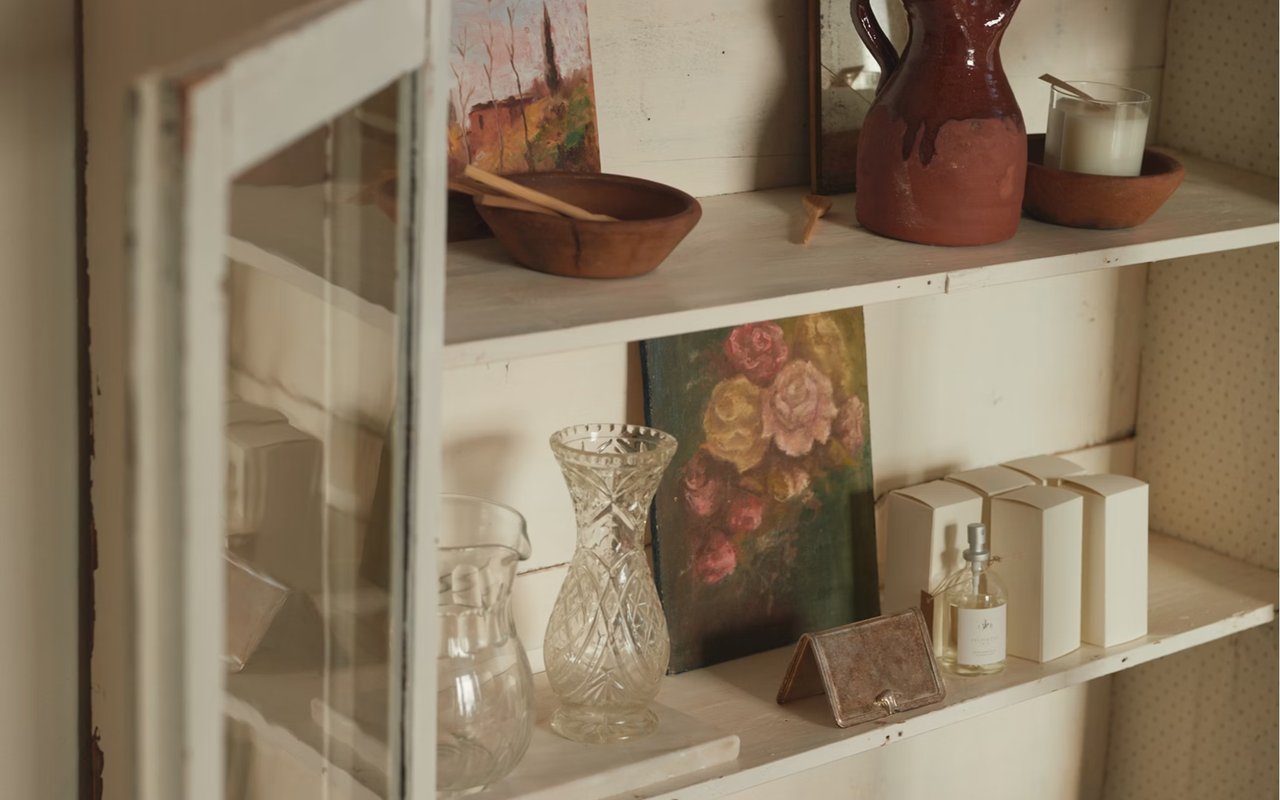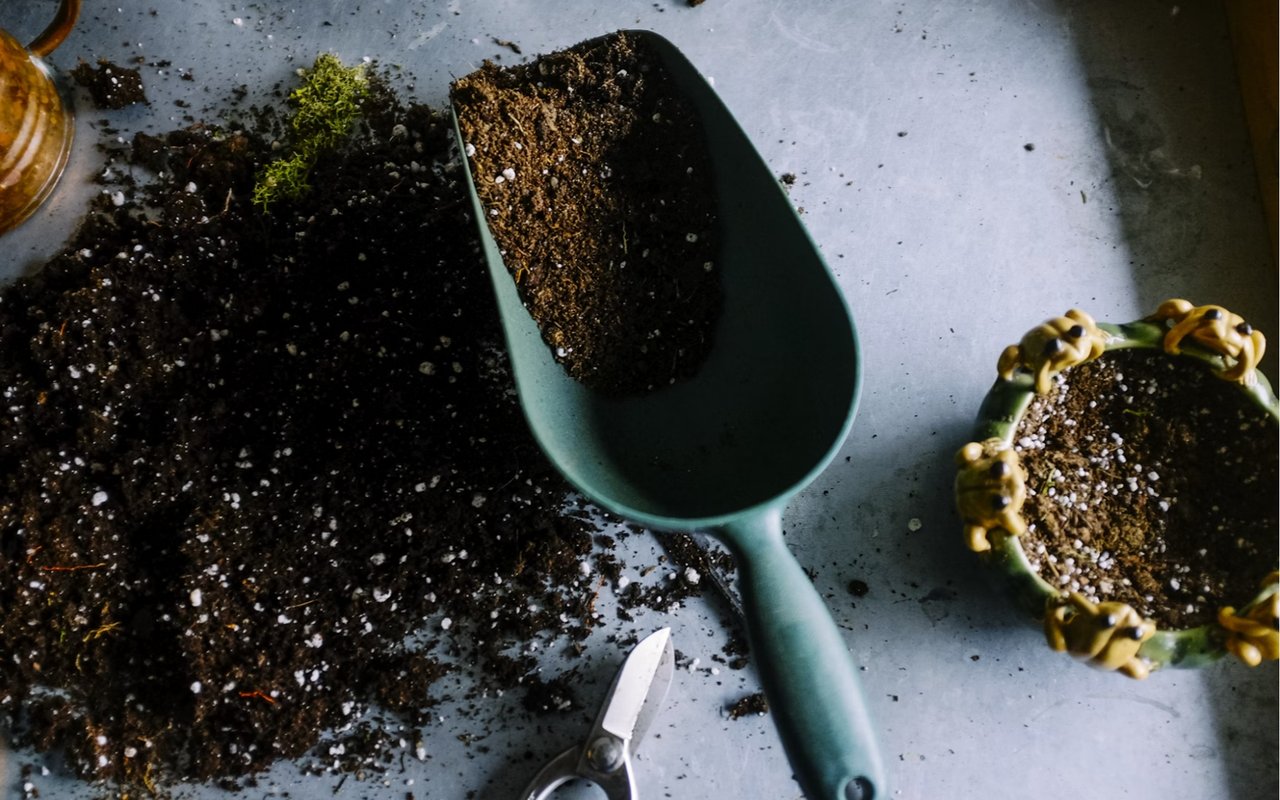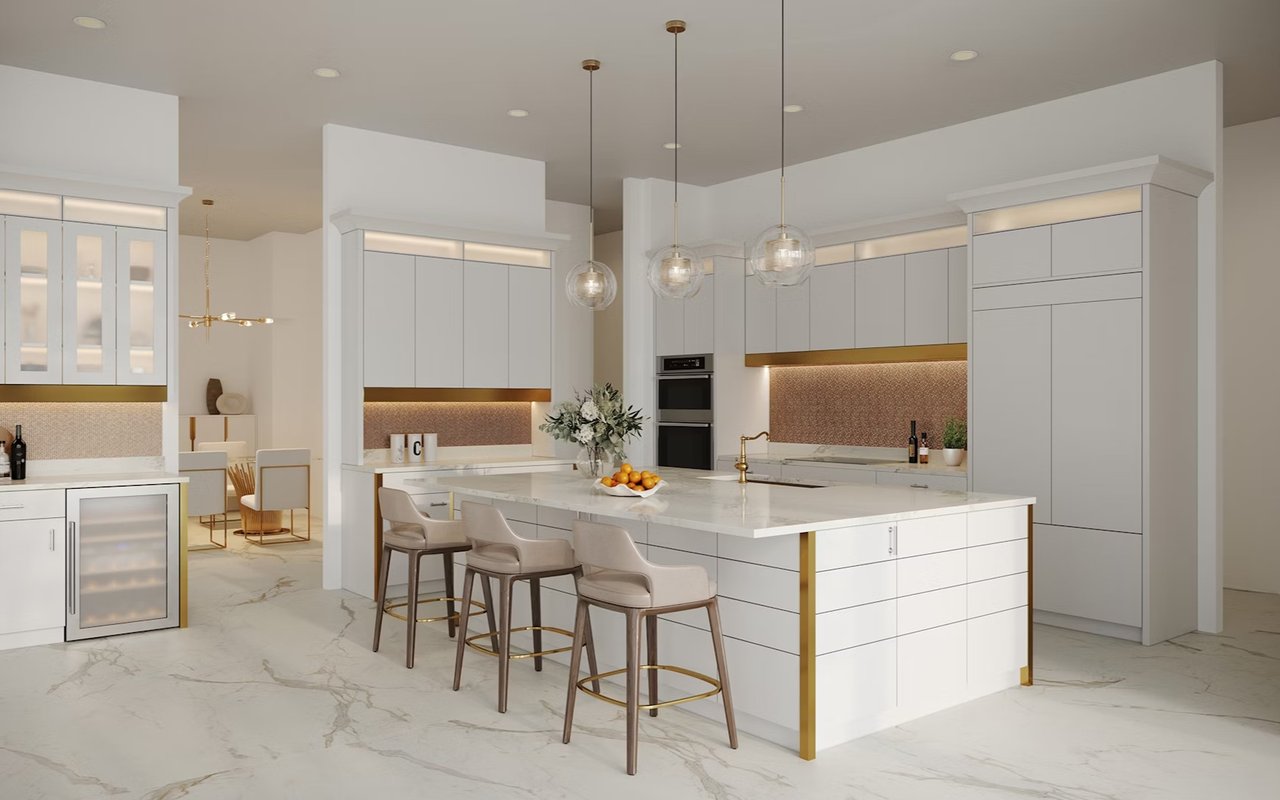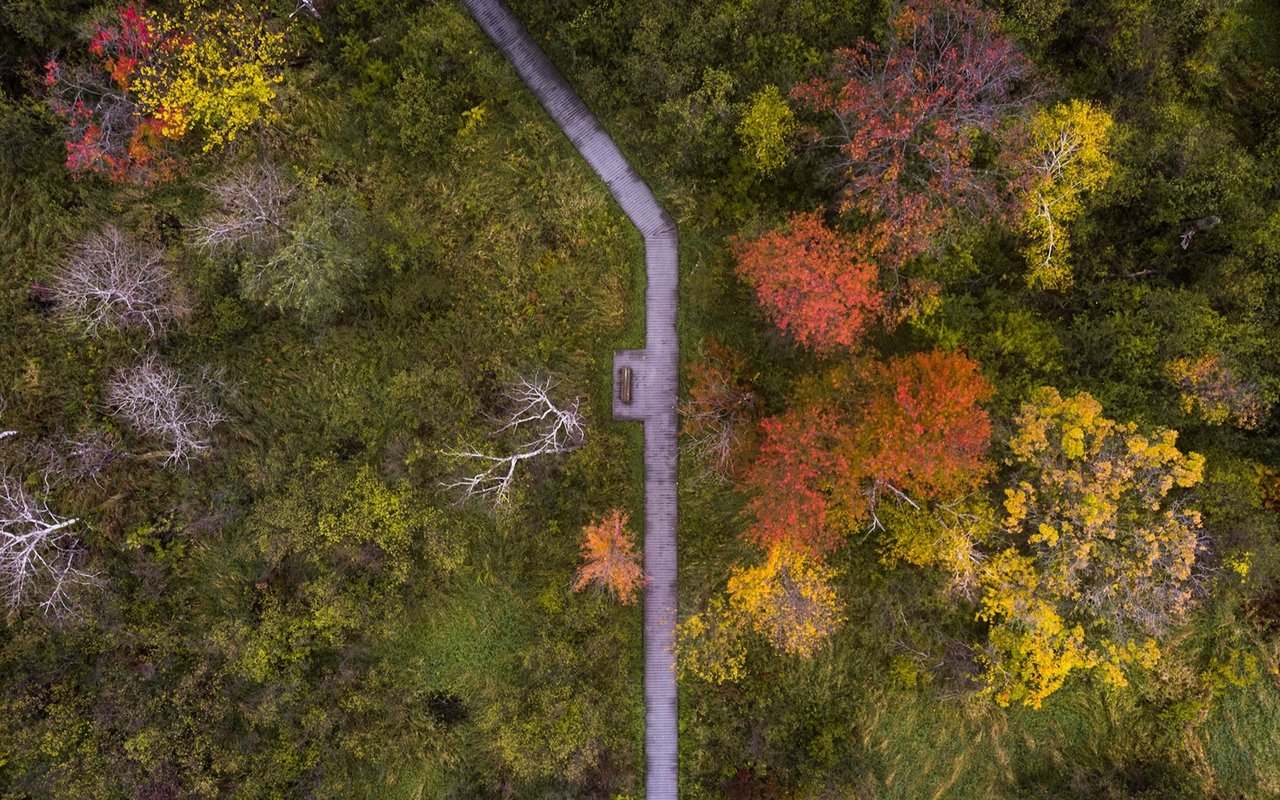White Bear Lake, MN, is known for its scenic landscapes, charming downtown, and distinctive historic homes that line tree-shaded streets. If you’re lucky enough to own one of these architectural gems, you already know they carry a special sense of character that newer homes can’t replicate.
Decorating a historic home isn’t just about adding pretty accents — it’s about honoring the property’s unique style, preserving original elements, and thoughtfully blending old and new. This guide will walk you through the best ways to decorate your historic home in White Bear Lake so that you can maintain its timeless appeal while making it your own.
Embrace the Home’s Architectural Roots
One of the first things to consider is your property’s architectural style. Is it a Queen Anne Victorian, Colonial Revival, Craftsman, or something else? Each style features distinct details that should influence your design decisions. From ornate woodwork and intricate moldings to classic fireplaces and original hardwood floors, these features deserve to be showcased rather than hidden.
Let the architecture guide your decorating approach. For example, if your home features original wainscoting or built-in cabinetry, keep them visible and in excellent condition. If you need to repaint or restore, try to match the wood tones or paint colors to the period style. Researching your home’s history and talking with local preservation experts can give you even more ideas on how to highlight the features that make your home special.
Let the architecture guide your decorating approach. For example, if your home features original wainscoting or built-in cabinetry, keep them visible and in excellent condition. If you need to repaint or restore, try to match the wood tones or paint colors to the period style. Researching your home’s history and talking with local preservation experts can give you even more ideas on how to highlight the features that make your home special.
Choose Colors That Reflect the Era
Color is one of the most powerful ways to express the character of a historic residence, and choosing hues that reflect the home’s original time period creates a sense of harmony.
For instance, Victorian homes often incorporated rich jewel tones like deep burgundy, forest green, and navy blue. Meanwhile, Craftsman homes leaned toward earthy shades — think olive, burnt sienna, mustard, and taupe. If you’re decorating a Colonial Revival property, leverage soft creams, pale blues, and warm grays. While you don’t need to limit yourself solely to period-authentic colors, drawing inspiration from these shades helps maintain the continuity and authenticity of the space.
For instance, Victorian homes often incorporated rich jewel tones like deep burgundy, forest green, and navy blue. Meanwhile, Craftsman homes leaned toward earthy shades — think olive, burnt sienna, mustard, and taupe. If you’re decorating a Colonial Revival property, leverage soft creams, pale blues, and warm grays. While you don’t need to limit yourself solely to period-authentic colors, drawing inspiration from these shades helps maintain the continuity and authenticity of the space.
Blend Antique and Modern Elements
Decorating a historic home doesn’t mean you have to live in a museum. Combining antique pieces with modern comforts allows your space to feel timeless but still livable. In fact, this mix can bring out the best in both styles; antique furniture can ground a room with warmth and tradition, while modern accents keep it feeling fresh and functional.
A good rule of thumb is to let the historical elements take center stage. Include antique or vintage pieces in focal areas — like a carved sideboard in the dining room or a four-poster bed in the primary suite — and mix in clean-lined lighting, artwork, or accessories. Mid-century modern pieces often pair surprisingly well with older homes and can help prevent spaces from feeling overly formal or dated.
A good rule of thumb is to let the historical elements take center stage. Include antique or vintage pieces in focal areas — like a carved sideboard in the dining room or a four-poster bed in the primary suite — and mix in clean-lined lighting, artwork, or accessories. Mid-century modern pieces often pair surprisingly well with older homes and can help prevent spaces from feeling overly formal or dated.
Preserve and Highlight Original Features
White Bear Lake’s historic homes often come with beautiful features you simply can’t find in modern builds, such as intricate crown molding, clawfoot tubs, transom windows, and stained-glass accents. One of the most impressive ways to decorate your home is to keep these original details intact and make them the stars of the show.
Don’t cover up old wood floors with wall-to-wall carpet or paint over original millwork, unless it's absolutely necessary. Refinish, repair, and protect these surfaces whenever possible. Consider using minimalist furniture and decor in rooms with architectural detail so that you don’t overwhelm the space. Let these features shine — they are your home’s signature style.
Don’t cover up old wood floors with wall-to-wall carpet or paint over original millwork, unless it's absolutely necessary. Refinish, repair, and protect these surfaces whenever possible. Consider using minimalist furniture and decor in rooms with architectural detail so that you don’t overwhelm the space. Let these features shine — they are your home’s signature style.
Use Textiles to Add Warmth and Texture
Historic homes tend to have slightly smaller or more compartmentalized rooms, which can make them feel cozy but sometimes dark or rigid. Layering textiles helps soften hard lines, create warmth, and bring more texture into each space. Think wool rugs, velvet drapes, linen slipcovers, and hand-embroidered pillows.
Using textiles inspired by the home’s era can also be a subtle nod to its heritage. Consider vintage rugs, lace or damask curtains, and needlepoint cushions. These touches help each room feel welcoming and layered. If your rooms feature dark wood or bold trim, textiles can balance and brighten them.
Using textiles inspired by the home’s era can also be a subtle nod to its heritage. Consider vintage rugs, lace or damask curtains, and needlepoint cushions. These touches help each room feel welcoming and layered. If your rooms feature dark wood or bold trim, textiles can balance and brighten them.
Let Lighting Work for the Space
Lighting can dramatically impact the look and feel of a historic home. While original fixtures add charm, they may not provide the brightness or efficiency needed for today’s lifestyles. Updating your lighting doesn’t mean replacing everything with modern pieces; instead, look for fixtures that suit the home’s character while delivering enough illumination.
Try mixing vintage-inspired chandeliers with modern LED technology or adding antique sconces alongside dimmable can lighting. Lamps are another great opportunity to introduce period style. Think turned-wood bases, porcelain details, and classic pleated shades. With the proper lighting, you’ll enhance the atmosphere of each room and bring out the very best in your décor.
Try mixing vintage-inspired chandeliers with modern LED technology or adding antique sconces alongside dimmable can lighting. Lamps are another great opportunity to introduce period style. Think turned-wood bases, porcelain details, and classic pleated shades. With the proper lighting, you’ll enhance the atmosphere of each room and bring out the very best in your décor.
Decorate with Art That Complements the Home
Art is a powerful way to infuse personality into your home, and in a historic property, it pays to be thoughtful. Portraits, botanical prints, or black-and-white photography work well in traditional spaces. On the other hand, bold modern canvases can provide a striking contrast when used sparingly.
Gallery walls work beautifully in long hallways or staircases, while individual large pieces can anchor more intimate rooms. Frame selections are key — ornate gilded frames feel right at home in older houses, while natural wood or matte black frames can ground more contemporary works. Always choose art that speaks to you and feels authentic within the space.
Gallery walls work beautifully in long hallways or staircases, while individual large pieces can anchor more intimate rooms. Frame selections are key — ornate gilded frames feel right at home in older houses, while natural wood or matte black frames can ground more contemporary works. Always choose art that speaks to you and feels authentic within the space.
Create Period-Appropriate Outdoor Spaces
Curb appeal matters, especially in a town like White Bear Lake, where historic charm is part of what draws people to the area. Decorating your outdoor space to reflect your home’s era creates a seamless visual experience from the street to the interior. Think traditional porch swings, wrought iron railings, or wooden rockers.
If you have a front porch or veranda, use traditional planters, lantern-style sconces, and furniture that fits the style and scale of your home. Don’t overlook the landscape; cottage gardens, heirloom perennials, and symmetrical hedging often work wonderfully with historic architecture. Your yard is an extension of your home, so make sure it tells the same story.
If you have a front porch or veranda, use traditional planters, lantern-style sconces, and furniture that fits the style and scale of your home. Don’t overlook the landscape; cottage gardens, heirloom perennials, and symmetrical hedging often work wonderfully with historic architecture. Your yard is an extension of your home, so make sure it tells the same story.
Honor the Past, but Make It Your Own
Above all, decorating a historic home is about balance. You want to respect the artistry and story behind the architecture while creating a space that reflects who you are.
The most beautiful historic homes in White Bear Lake aren’t frozen in time; they’re dynamic, inviting, and full of personality. These homes carry stories within their walls — stories of tradition and legacy. Let it be a space where old-world charm meets modern comfort and where your style becomes part of the home’s enduring legacy.
Reach out to the Ornell Group for trusted guidance as you explore your real estate options in White Bear Lake, MN.
The most beautiful historic homes in White Bear Lake aren’t frozen in time; they’re dynamic, inviting, and full of personality. These homes carry stories within their walls — stories of tradition and legacy. Let it be a space where old-world charm meets modern comfort and where your style becomes part of the home’s enduring legacy.
Reach out to the Ornell Group for trusted guidance as you explore your real estate options in White Bear Lake, MN.




